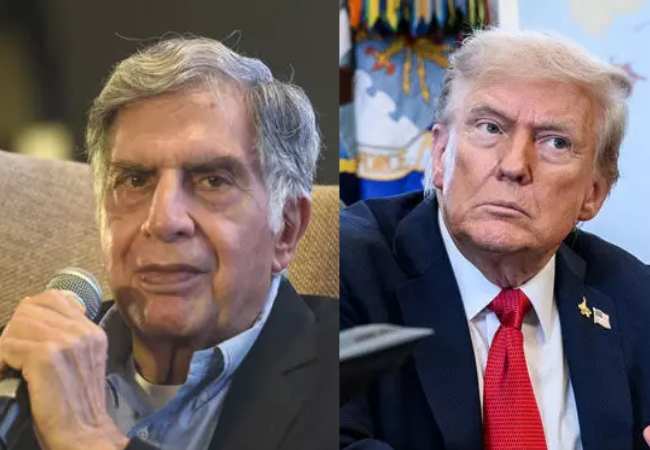Bangkok: Satwiksairaj Rankireddy and Chirag Shetty on Sunday became the first Indian pair to win a BWF Super 500 badminton tournament with a hard-fought victory over Li Jun Hui and Liu Yu Chen of China in the summit clash of Thailand Open here.
The unseeded Indian duo prevailed 21-19 18-21 21-18 over the third seeded Chinese pair after battling hard for an hour and two minutes.
It was the first final of the 2019 season for Rankireddy and Shetty, the men's doubles silver medallist at 2018 Commonwealth Games.
Rankireddy and Shetty got off to a good start as they broke away from 3-3 early on and moved ahead to open up a 10-6 lead, but their Chinese opponents kept breathing down their necks and made it 14-14.
It was a closely fought affair after that and the world No. 16 Indian pair could take a slight edge only at 20-18.
Although the Chinese duo narrowed down the gap further to 19-20, the Indians managed to win the crucial point to wrap up the first game.
In the second game, the Indians managed to take an upper hand as they moved to a 6-2 lead but the Chinese soon bridged the gap to 5-6 before catching up with them at 11-11.
After the interval, the Chinese duo surged ahead to 13-11 but the Indians lifted their game and drew parity at 13 apiece.
The Indians then overtook their opponents to 16-14 and then climbed up to 18-16 before the Chinese pair won five consecutive points to stun the Indians and take the match to the decider.
Rankireddy and Shetty were slow off the blocks in the third game but managed to make it 6-6. From there on, the Indians never looked back and kept their composure to maintain the edge over their rivals till the end.
Even though the Chinese pair fought back and at one stage reduced the gap to 18-19, the Indians looked in no mood to climb down and went on to pocket two consecutive points to seal the match in their favour.
Let the Truth be known. If you read VB and like VB, please be a VB Supporter and Help us deliver the Truth to one and all.
Panaji (PTI) Three senior officials of the Goa government, including the then Director of Panchayat, were suspended on Sunday in connection with the nightclub fire tragedy for their role in allowing the facility to start operations in 2023, a senior officer said.
A massive fire tore through the nightclub in the early hours of Sunday, claiming 25 lives, including five tourists and 20 staff members.
The suspended officials include Siddhi Tushar Harlankar, who was then Director of Panchayat, Dr Shamila Monteiro, who was then Member Secretary of the Goa State Pollution Control Board, and Raghuvir Bagkar, then Secretary of Village Panchayat Arpora-Nagoa.
They are held responsible for giving permission to 'Birch by Romeo Lane' nightclub at Arpora to start its operations in 2023, a senior officer said.
Police questioned Roshan Redkar, the sarpanch of Arpora-Nagoa Panchayat, who had issued a trade licence to the club.





